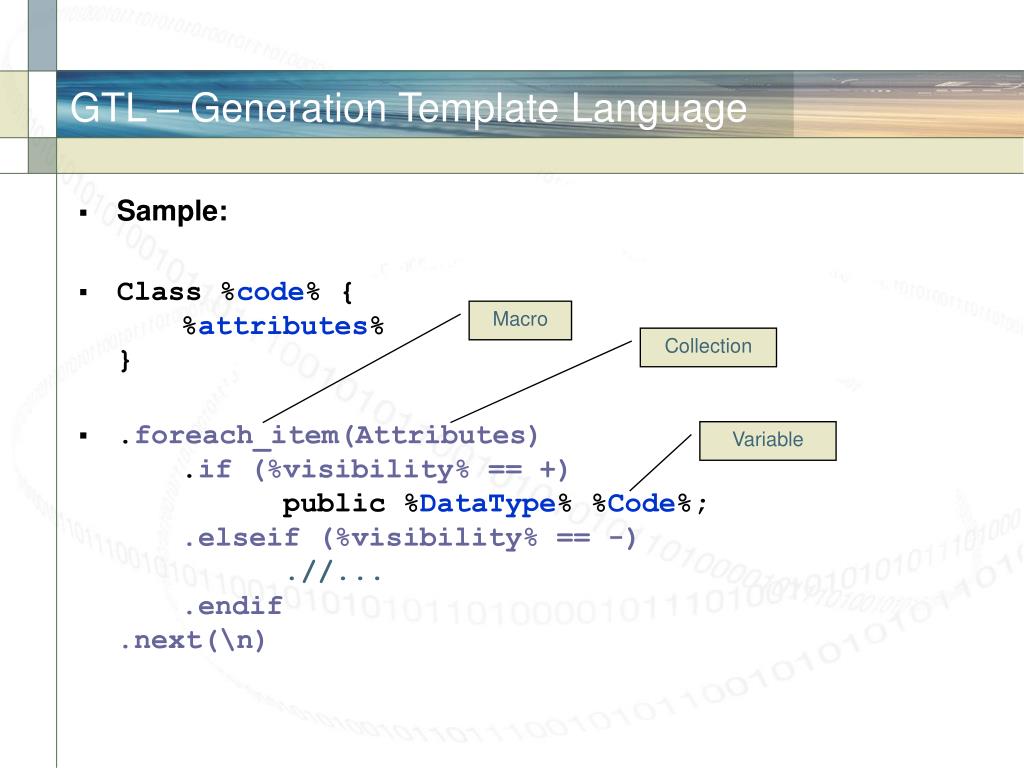

See what versions of Dameng are supported with ArcGIS.

A typical installation of Dameng includes a spatial type however, you must initialize it to use it. Spatial data is stored in the Dameng geometry type. These are listed in the following sections. As a result, there are sometimes caveats or rules you need to be aware of when working with each database type in ArcGIS.

To see a description of functionality available when working with databases from ArcGIS, see Databases and ArcGIS.ĭatabase management systems differ from each other in how they are implemented and the functionality they provide. The list can be fully adjusted and populated to meet your needs.You can connect from ArcGIS clients and work with the data in the database management systems, database files, or data warehouse appliances listed here. They don’t even have to remember which are officially supported by Exasol, as the plugin does the job for them. It is being defined once, can be updated eventually, so by nature it’s basically without any maintenance, users just do not have to worry about datatypes anymore. The plugin allows developers to definite those human friendly data types during object creation, while during the DDL generation it transparently converts it accordingly into those known and supported by Exasol. Whatever datatypes of any RDMBS you prefer, or are used to, it can be used during modelling for Exasol. To combine both benefits, we have added support for the datatype conversion, which has almost no limits. This is great for performance, but it limits the developer in his habit of using large variety of human-readable datatypes, well known from some other RDBMS.
WHICH DBMS DOES POWERDESIGNER SUPPORT FREE
We are adding a special functionality, to identify proper schema for an object (missing in default PD overview), hence you are free to filter by schemas, owners, object types etc.Įxasol support only small number of datatypes. Reverse engineering process is fully configurable using numerous filters. For example, each schema can be reversed as a separate model. This can be adjusted to your specific needs, based on the database design. It really helps to keep things organized, eases model readability and identification of objects, but on the other hand, does not limit the developer in cooperation with other objects. Instead, we are separating each Exasol database schema into its own package and create a separate model diagram for each. Moreover, to improve the default behaviour of PD, we are not throwing everything into one basket. Specifically, for Exasol we have added support for reversing of whatever Exasol offers: partition by, distribution key, virtual schemas, sizes of objects, scripts, UDF, etc. This comes very handy during migrations, or when comparing the model versus what is really implemented in a database. The plugin allows for effective reverse engineering of an existing Exasol database.


 0 kommentar(er)
0 kommentar(er)
